30 pages • 1 hour read
Virginia WoolfModern Fiction
Nonfiction | Essay / Speech | Adult | Published in 1925A modern alternative to SparkNotes and CliffsNotes, SuperSummary offers high-quality Study Guides with detailed chapter summaries and analysis of major themes, characters, and more.
Background
Literary Context: Modernism
Modernism is the term used to describe a break with the traditions of art and literature that began at the turn of the 20th century and intensified after World War I. Woolf, along with James Joyce, T. S. Eliot, Ezra Pound, and Gertrude Stein, was one of the pioneers of Modernist writing.
Modernism is characterized by experimentation, an irreverent attitude to tradition, authority, and the canon, and disillusionment with institutions and society itself. Modernist writing and art often contain fragmentary and denaturalized images or language. In particular, literature began to experiment with new techniques such as stream of consciousness, which rejected conventional narrative and even sentence structure and instead attempted to accurately convey the thoughts of a character as they passed through their mind. It is this new style that Woolf is attempting to both explain and justify in “Modern Fiction.”
As World War I progressed, one of the most important elements to influence Modernism was the sense of the speed and dynamism of this new age, in which technology was advancing at an unprecedented rate. Modernist artists and writers sought to find a way to get to grips with this new, ephemeral world; new narrative styles, poetic forms, and publication techniques were developed in the attempt.
Related Titles
By Virginia Woolf

A Haunted House
Virginia Woolf

A Haunted House and Other Short Stories
Virginia Woolf

A Room of One's Own
Virginia Woolf

Between The Acts
Virginia Woolf
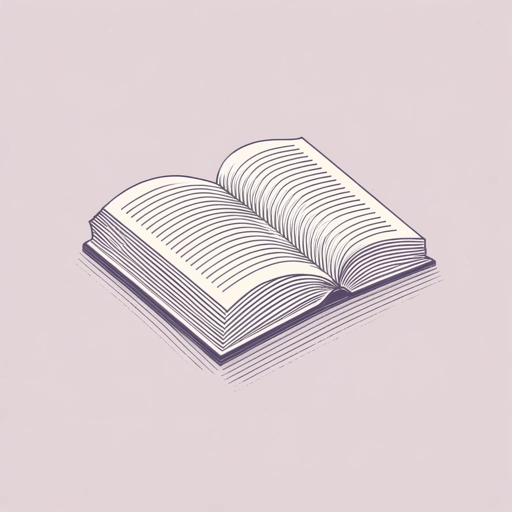
How Should One Read a Book?
Virginia Woolf

Jacob's Room
Virginia Woolf

Kew Gardens
Virginia Woolf

Moments of Being
Virginia Woolf
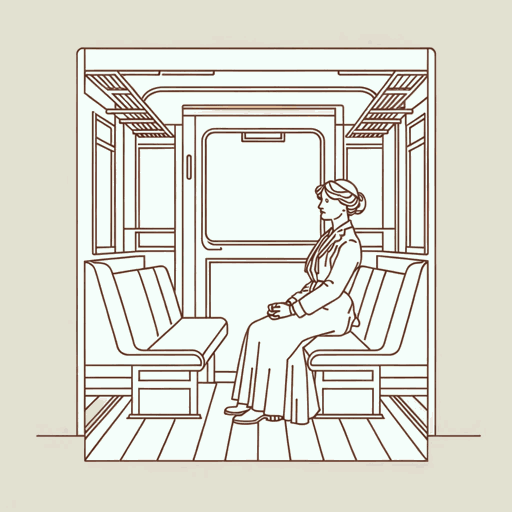
Mr. Bennett and Mrs. Brown
Virginia Woolf

Mrs. Dalloway
Virginia Woolf
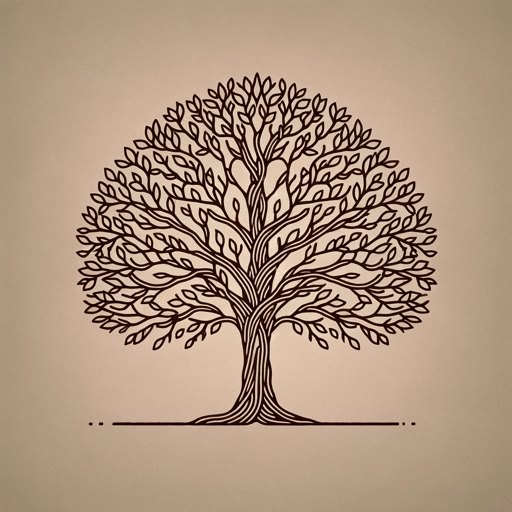
Orlando
Virginia Woolf

The Death of the Moth
Virginia Woolf

The Duchess and the Jeweller
Virginia Woolf
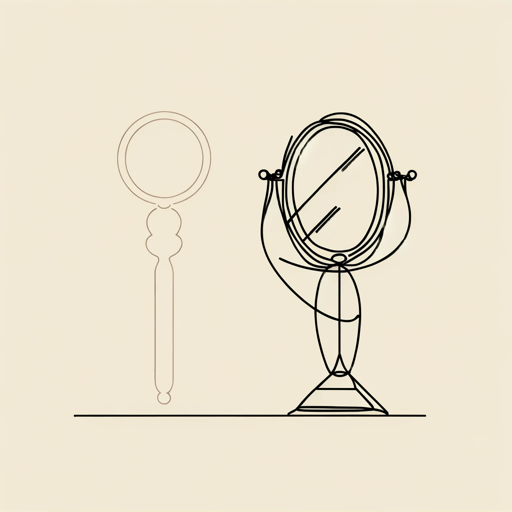
The Lady in the Looking Glass
Virginia Woolf

The Mark on the Wall
Virginia Woolf
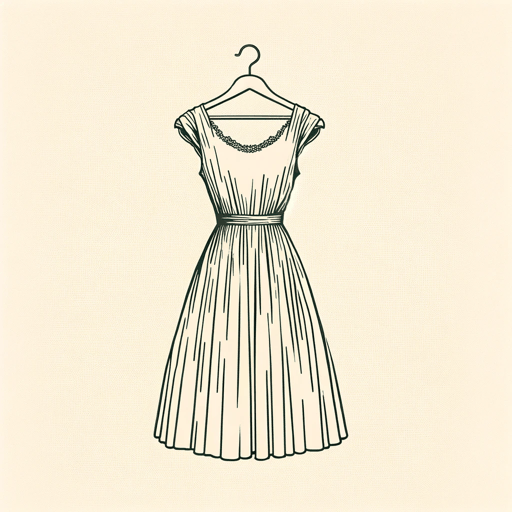
The New Dress
Virginia Woolf

The Voyage Out
Virginia Woolf
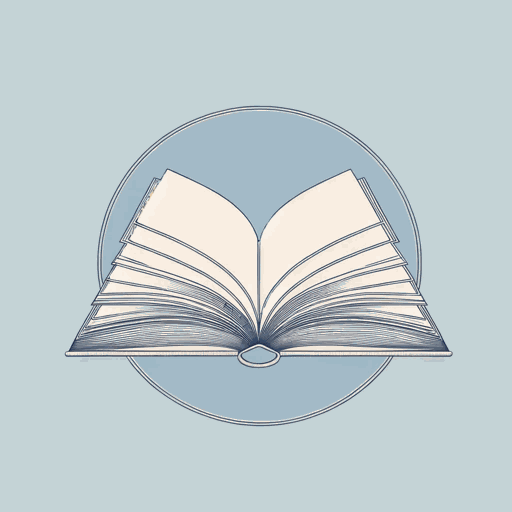
The Waves
Virginia Woolf
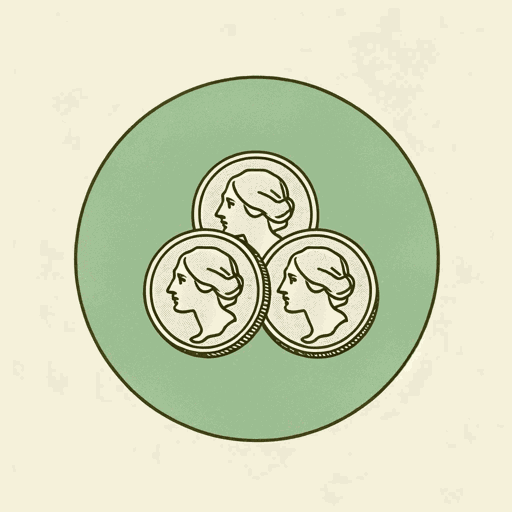
Three Guineas
Virginia Woolf

To the Lighthouse
Virginia Woolf

